Language

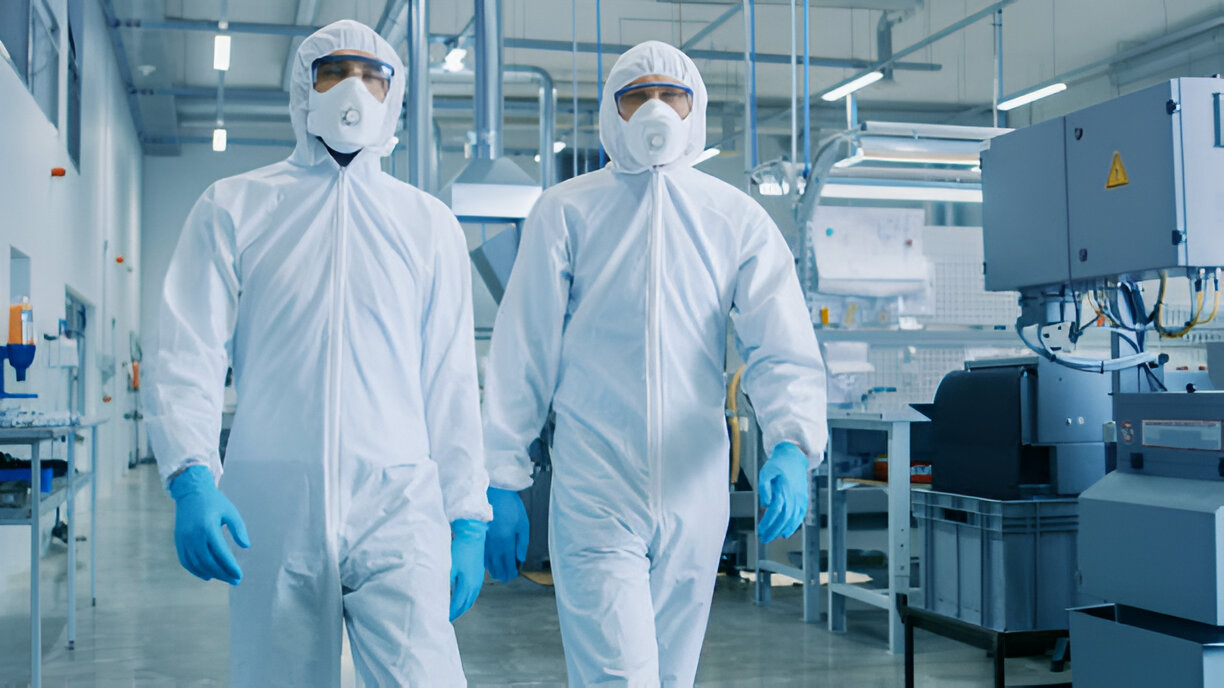
With the formal release of EU-GMP Annex 1 "Sterile Products Manufacturing" (effective August 25, 2023), pharmaceutical companies face a significant change: implementing contamination control strategies (CCS) throughout their facilities to define all critical control points. To help clients better understand specific issues in cleanroom cleaning processes, this guide provides detailed answers to common questions.
When changing disinfectant suppliers, facilities must follow a three-step approach:
Evaluation: Assess whether the disinfectant type has changed and evaluate disinfectant rotation schemes and associated risks
Commercial Audit: Review and assess supplier qualifications
Verification: Most critically, confirm the disinfectant's antimicrobial efficacy through validation. Only after passing verification can the supplier's disinfectant be approved for purchase
Change Control: Implement subsequent change control measures
For Grade B areas with production cycles exceeding one week, cleaning schedules must be carefully considered:
For cycles slightly over one week, cleaning should be performed immediately after production ends
Two different levels of cleaning may be required
For significantly longer cycles, additional operations must be considered
Any human intervention requires immediate cleaning afterward
Cleaning cycles should correspond to production cycles, with a second cleaning after production completion
Major and minor cleaning distinctions are based on equipment cycles and material processing:
Particularly important for continuous API production
Minor cleaning focuses on internal equipment cleaning
Major cleaning includes both internal and external equipment cleaning
Special equipment may require specific considerations based on process requirements
Environmental monitoring exceedances aren't solely due to cleaning issues. Contributing factors include:
Cleanroom design rationality
Environmental control capabilities
Human activities
Material movement
External particles and microorganisms introduced with materials
Cleaning measures
For complex systems like fermentation equipment with wall-mounted valves and pipework:
Systems should not be directly against walls to allow cleaning access
Even small cleaning spaces should be maintained
Cleaning strategies should match ceiling cleaning protocols
For areas below two meters in sterile environments, daily cleaning isn't recommended
High-mounted pipework should follow ceiling cleaning protocols
Large particle removal comes first
Followed by cleaning agent application (not necessarily water)
Commercial sterile cleaning agents like 70% ethanol or IPA are acceptable
Cleaning must precede disinfection
Pressure differentials must be considered even during routine cleaning
For cleaning tools and materials:
Different grade areas require different cleaning materials
Grades A/B require sterile wiping materials
Grades C/D can use non-sterile materials
Pre-moistened disposable sterile wipes must be used according to manufacturer specifications
1. Cleaning records require:
Operator signatures
Verification signatures
QA and management signatures for inspection records (not routine cleaning)
2. Material transfer SOPs must specify:
Types of materials and tools entering clean areas
Entry points and transfer windows
Cleaning and sterilization methods
For CAR-T production areas:
1. Critical operation rooms:
Require cleaning after each operation
Higher cleaning frequency due to long cultivation periods
2. Auxiliary corridors:
Cleaning frequency depends on usage patterns
Daily cleaning may be required for high-traffic areas
For low-volume operations (1-2 weeks between batches), clean after each use
3. Sterile product areas:
General recommendation for cleaning at the end of each shift
Frequency adjustments based on production schedule and facility utilization
This comprehensive guide ensures all aspects of cleanroom cleaning are addressed while maintaining compliance with current regulations and ensuring proper cleanliness standards for pharmaceutical production.
Tags:
RELATED RESOURCES
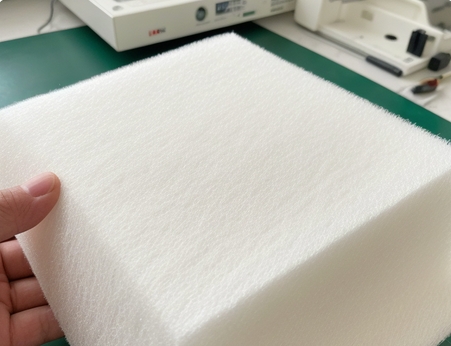
Microfiber Clean room Wipes Application Guide: Biopharmaceutical/Fab Cleaning Solutions.
As the core consumable in the field of precision cleaning, the microfiber dust-free cloth is precisely woven b......
More
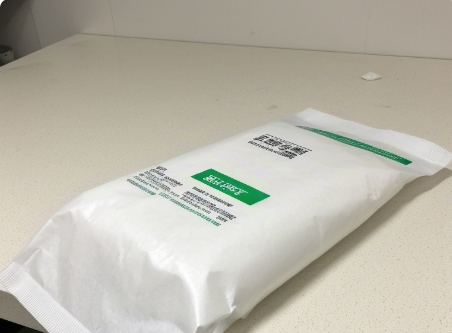
What are the grades of industrial clean cloth?
The industrial dust-free cloth grade classification system is an important technical specification for clean e......
More
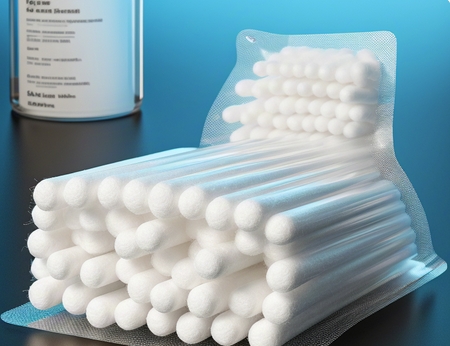
Should I choose 70% or 99% cleanroom cotton swabs?
Professional grade isopropyl alcohol cleaning tool operation guideIn the field of precision instrument mainten......
More
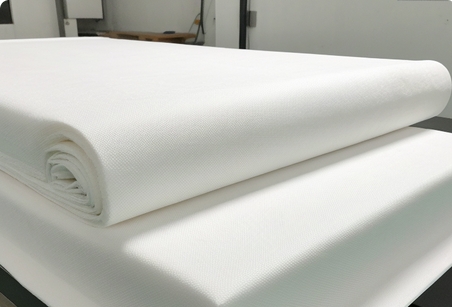
How to clean room with industrial dust-free cloth?
Guide to operating specifications for professional clean environment surface cleaningIn controlled environment......
More
Related Products
Room 101, Building 1, Angeer Factory, No.4, Hetian Road, Shatian Community, Kengzi street, Pingshan District, Shenzhen, Guangdong, P.R. China 518122
info@wipestar.com
+86-755-89616775
+86-755-89616773
Related Products
RELATED RESOURCES

Microfiber Clean room Wipes Application Guide: Biopharmaceutical/Fab Cleaning Solutions.
As the core consumable in the field of precision cleaning, the microfiber dust-free cloth is precisely woven b.........
More

What are the grades of industrial clean cloth?
The industrial dust-free cloth grade classification system is an important technical specification for clean e.........
More
WIPESTAR
微信官方公众号